-
 bitcoin
bitcoin $122659.385674 USD
0.52% -
 ethereum
ethereum $4484.113342 USD
-0.09% -
 bnb
bnb $1304.229256 USD
-0.85% -
 tether
tether $1.000204 USD
-0.03% -
 xrp
xrp $2.860636 USD
-0.51% -
 solana
solana $227.288799 USD
2.36% -
 usd-coin
usd-coin $0.999805 USD
0.01% -
 dogecoin
dogecoin $0.252837 USD
1.18% -
 tron
tron $0.341149 USD
1.12% -
 cardano
cardano $0.830507 USD
0.33% -
 hyperliquid
hyperliquid $45.792319 USD
0.04% -
 chainlink
chainlink $22.422164 USD
1.55% -
 ethena-usde
ethena-usde $1.000283 USD
0.01% -
 sui
sui $3.511389 USD
0.83% -
 stellar
stellar $0.385276 USD
-0.44%
how to check blockchain hash
To ensure the authenticity and immutability of blockchain transactions, verifying a block's unique hash is crucial, which can be achieved through various methods such as block explorers, command-line tools, or programming libraries.
Oct 19, 2024 at 12:48 am

A blockchain hash is a unique identifier that is generated for each block in a blockchain. It is used to verify the integrity of the block and to ensure that it has not been tampered with.
There are a few different ways to check the hash of a block.
1. Use a block explorerA block explorer is a website that allows you to view the blocks in a blockchain. Most block explorers will allow you to search for a specific block by its hash. Once you have found the block, you can view its hash and other information about the block.
2. Use a command-line toolThere are a number of command-line tools that can be used to check the hash of a block. One common tool is the bitcoin-cli tool. To use this tool, you will need to have the Bitcoin Core software installed on your computer. Once you have installed Bitcoin Core, you can open a terminal window and type the following command:
bitcoin-cli getblockhash This command will return the hash of the block at the specified height.
3. Use a programming libraryThere are a number of programming libraries that can be used to check the hash of a block. One common library is the bitcoinjs-lib library. To use this library, you will need to install it on your computer. Once you have installed the library, you can use the following code to check the hash of a block:
const bitcoin = require('bitcoinjs-lib');
const blockHash = bitcoin.Block.fromHex(blockHex).hash;The blockHash variable will now contain the hash of the block.
Checking the hash of a block is an important way to verify its integrity. There are a few different ways to check the hash of a block, and the method that you choose will depend on your needs.
Disclaimer:info@kdj.com
The information provided is not trading advice. kdj.com does not assume any responsibility for any investments made based on the information provided in this article. Cryptocurrencies are highly volatile and it is highly recommended that you invest with caution after thorough research!
If you believe that the content used on this website infringes your copyright, please contact us immediately (info@kdj.com) and we will delete it promptly.
- US Treasury, Bitcoin, and Reserve Expansion: A New Era?
- 2025-10-10 02:45:12
- Trading Bots & AI Algorithms: Your 2025 Edge
- 2025-10-10 02:45:12
- Monero and Zcash: Privacy Coins Spark Price Breakout
- 2025-10-10 02:45:38
- Zora Crypto Price Jumps After Robinhood Listing: A New York Minute on the Altcoin Scene
- 2025-10-10 02:25:16
- Digital Gold: Future of Ownership and Investment in the Crypto Age
- 2025-10-10 02:45:38
- BlockDAG, Formula 1, and Crypto Investing: A Winning Combination for Mainstream Adoption
- 2025-10-10 03:05:16
Related knowledge

What is a token economy?
Sep 20,2025 at 12:18am
Understanding the Foundations of a Token Economy1. A token economy in the context of cryptocurrency refers to a system where digital tokens are used a...
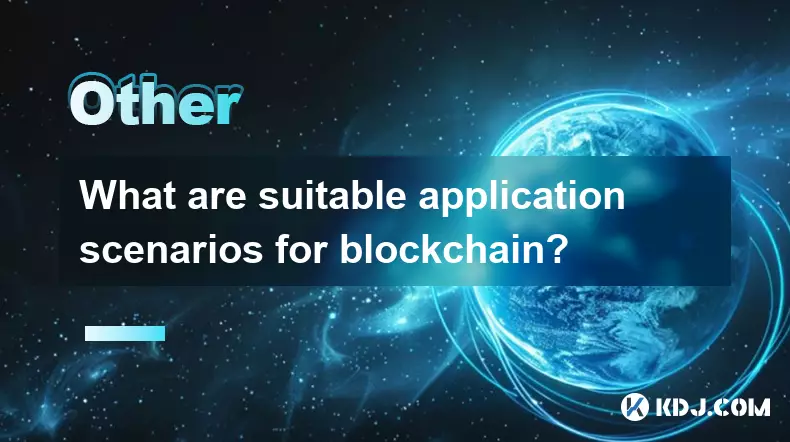
What are suitable application scenarios for blockchain?
Sep 20,2025 at 03:19am
Decentralized Finance (DeFi) Platforms1. Blockchain enables the creation of financial services without centralized intermediaries, allowing users to l...
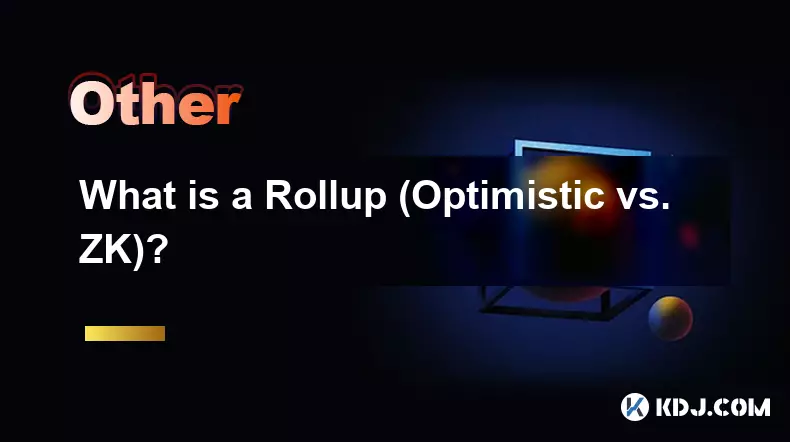
What is a Rollup (Optimistic vs. ZK)?
Sep 22,2025 at 03:00pm
Understanding Rollups in Blockchain Technology1. Rollups are layer-2 scaling solutions designed to increase transaction throughput on blockchains like...
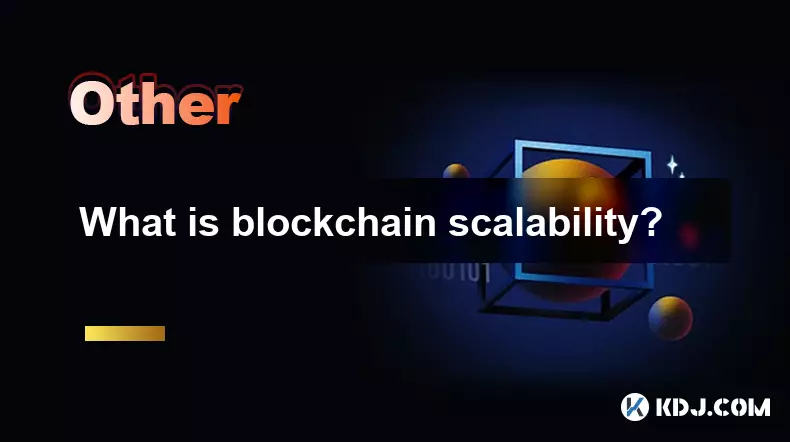
What is blockchain scalability?
Sep 19,2025 at 06:18am
Understanding Blockchain Scalability1. Blockchain scalability refers to a network's ability to handle an increasing number of transactions without com...
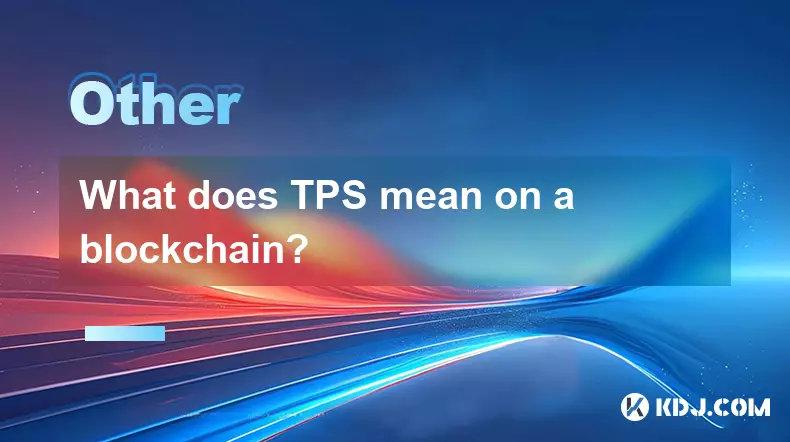
What does TPS mean on a blockchain?
Sep 21,2025 at 09:54am
Understanding TPS in Blockchain Technology1. TPS stands for Transactions Per Second, a metric used to measure the number of transactions a blockchain ...
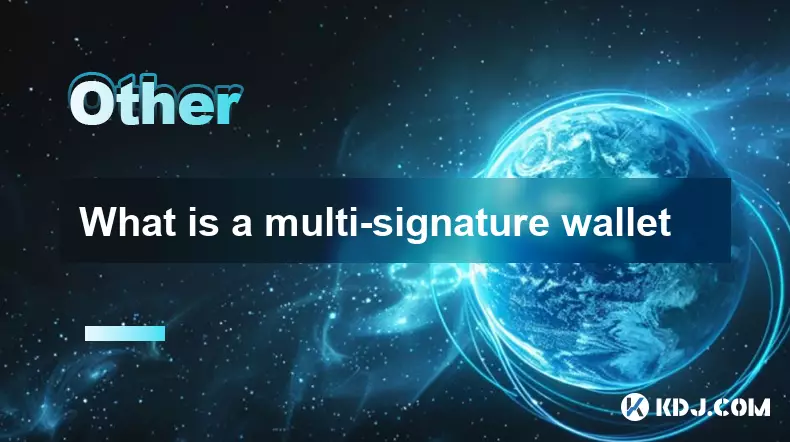
What is a multi-signature wallet
Sep 20,2025 at 07:00am
Understanding Multi-Signature Wallets in Cryptocurrency1. A multi-signature wallet, often referred to as a multisig wallet, is a type of cryptocurrenc...

What is a token economy?
Sep 20,2025 at 12:18am
Understanding the Foundations of a Token Economy1. A token economy in the context of cryptocurrency refers to a system where digital tokens are used a...

What are suitable application scenarios for blockchain?
Sep 20,2025 at 03:19am
Decentralized Finance (DeFi) Platforms1. Blockchain enables the creation of financial services without centralized intermediaries, allowing users to l...

What is a Rollup (Optimistic vs. ZK)?
Sep 22,2025 at 03:00pm
Understanding Rollups in Blockchain Technology1. Rollups are layer-2 scaling solutions designed to increase transaction throughput on blockchains like...

What is blockchain scalability?
Sep 19,2025 at 06:18am
Understanding Blockchain Scalability1. Blockchain scalability refers to a network's ability to handle an increasing number of transactions without com...

What does TPS mean on a blockchain?
Sep 21,2025 at 09:54am
Understanding TPS in Blockchain Technology1. TPS stands for Transactions Per Second, a metric used to measure the number of transactions a blockchain ...

What is a multi-signature wallet
Sep 20,2025 at 07:00am
Understanding Multi-Signature Wallets in Cryptocurrency1. A multi-signature wallet, often referred to as a multisig wallet, is a type of cryptocurrenc...
See all articles





















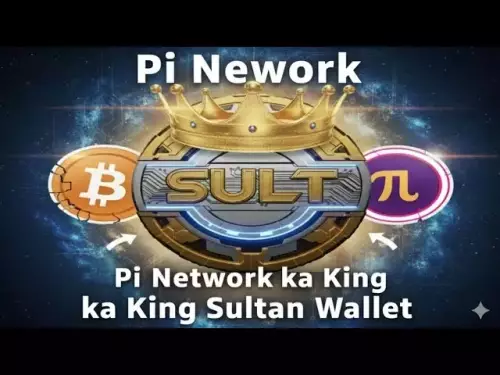



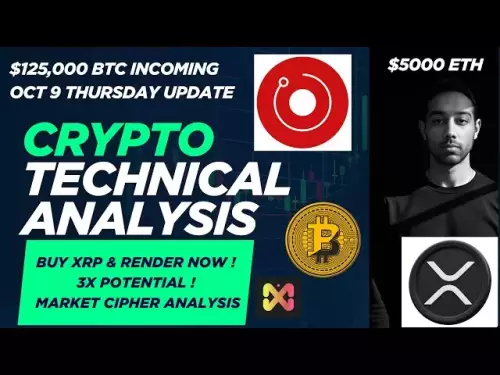
![🚨IS VECHAIN (VET) A DEAD COIN ?? PRICE ANALYSIS [GET READY NOW] 🚨IS VECHAIN (VET) A DEAD COIN ?? PRICE ANALYSIS [GET READY NOW]](/uploads/2025/10/09/cryptocurrencies-news/videos/vechain-vet-dead-coin-price-analysis-ready/68e7b200b067b_image_500_375.webp)















































